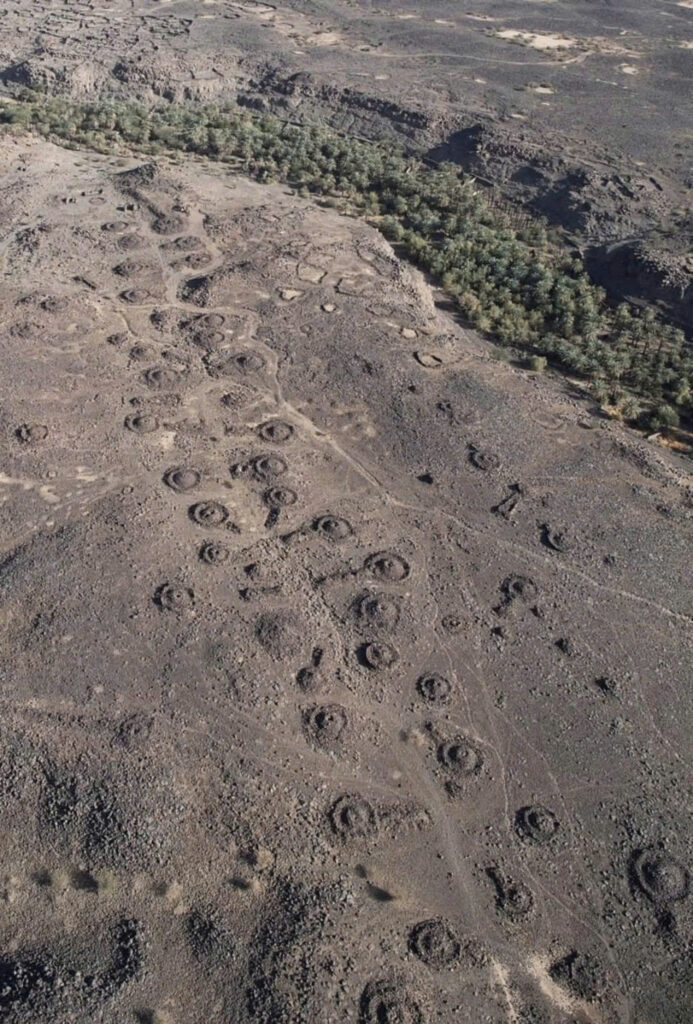A Journey Through Time: Discovering Arabia’s Hidden Archaeological Treasure

Imagine a vast desert landscape where stone pathways weave through the terrain, connecting ancient settlements and telling stories of civilizations long forgotten. Recent archaeological research has unveiled an extraordinary network of “funerary avenues” in northwest Saudi Arabia, offering a mesmerizing glimpse into the complex societies of the Bronze Age.
The Landscape of Lost Connections

Stretching across an incredible 160,000 square kilometers, these ancient avenues link major oases like AlUla, Khaybar, and Tayma. More than just simple paths, these routes are flanked by an astonishing 11,000 tombs, each holding secrets of human ingenuity and spiritual connection.
Mysteries of Purpose and Significance

The funerary avenues were far more than mere transportation routes. Archaeologists propose multiple fascinating theories about their purpose:
- Ceremonial Pathways: The carefully positioned tombs suggest these were sacred processional routes, potentially holding deep spiritual significance for the communities that created them.
- Trade and Communication Networks: These pathways likely served as critical connections between settlements, facilitating trade, communication, and human movement across the challenging desert landscape.
- Territorial Markers: The avenues may have defined tribal territories and served as herding trails, guiding livestock to crucial water sources and seasonal grazing lands.
Architectural Marvels of the Bronze Age

The tombs themselves are a testament to the sophisticated engineering of their time. Dating between 2600 and 2000 BCE, they showcase remarkable diversity:
- Ring Cairns: Circular stone mounds used as burial chambers
- Pendant-Shaped Tombs: Elaborate structures potentially signifying social status
A Cultural Crossroads
These funerary avenues reveal northwest Arabia as a critical cultural intersection, connecting civilizations from Mesopotamia, the Levant, and across the Arabian Peninsula. They demonstrate the remarkable ability of ancient societies to coordinate large-scale projects and maintain a nuanced understanding of their spiritual and environmental landscape.
Preserving the Past, Illuminating the Future
The Royal Commission for AlUla (RCU) and international research teams are now working to preserve and understand these ancient pathways. Advanced technologies like satellite imagery, ground-penetrating radar, and 3D mapping are helping to unravel the mysteries of these Bronze Age societies.
Conclusion: A Window into Human Resilience

The funerary avenues stand as a powerful reminder of humanity’s enduring relationship with the environment. They tell a story of survival, connection, and spiritual depth in one of the world’s most challenging landscapes.
As research continues, these ancient pathways promise to reshape our understanding of human civilization, revealing how our ancestors navigated, survived, and found meaning in the vast, unforgiving desert of ancient Arabia.

